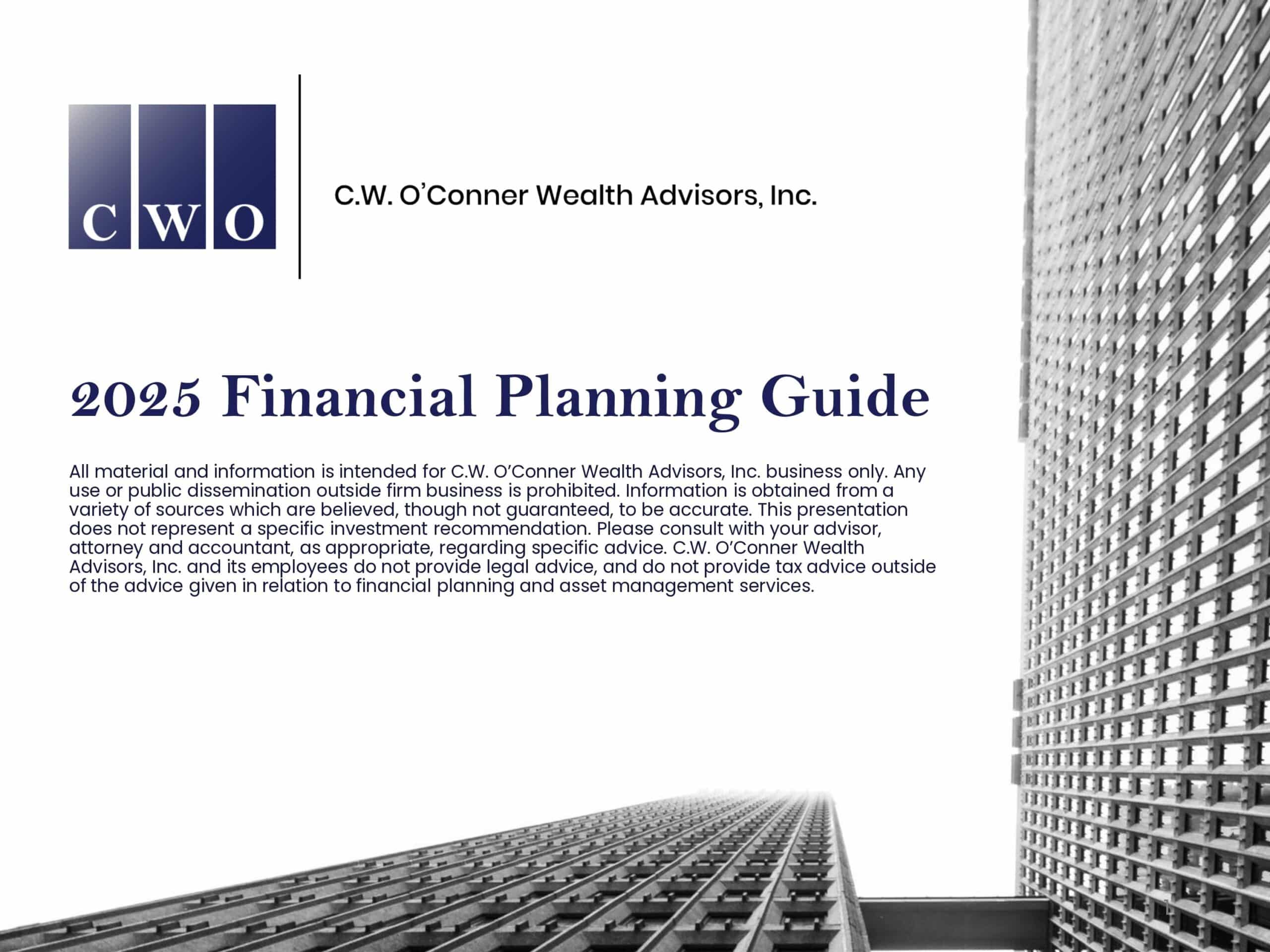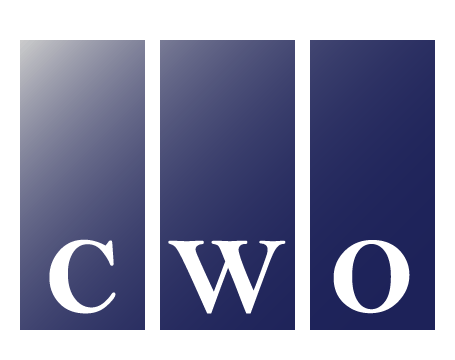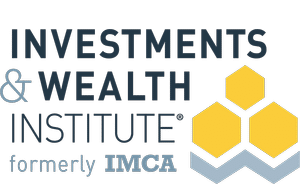
Solo 401(k)s are specially designed for small businesses with no employees, including solo entrepreneurs and the self-employed. Here’s everything you need to know to determine if a Solo 401(k) is the right retirement plan for you and your business.
Since they were first introduced in the early 1980s, 401(k) plans have become the most popular retirement savings tool for most employees. Among private industry employees who have access to a 401(k) plan where they work, more than half (51%) participate in the plan, according to the U.S. Department of Labor.*
However, the only way to reap the benefits of a 401(k) is to work for a company that offers one. Due to relatively high costs and complexity, many small businesses can’t afford to offer a 401(k) plan to their employees. This includes self-employed individuals and solo entrepreneurs who want to contribute to a retirement plan themselves.
What is a Self-Employed (Solo) 401(k)?
Recognizing this limitation, Congress has created a special type of 401(k) plan just for the self-employed and owners of small businesses that don’t have any employees: the One-Participant 401(k). More commonly referred to as a Solo 401(k) or Self-Employed 401(k), this plan is similar to a regular 401(k) except that it isn’t subject to the rules of the Employee Retirement Income Security Act (ERISA). This greatly simplifies the plan and makes it more affordable for self-employed individuals and solo entrepreneurs.
So why isn’t a Solo 401(k) subject to ERISA rules? The answer is simple: ERISA is designed to protect the interests of participant employees. If there aren’t any employees, there is no need to follow ERISA rules.
Solo 401(k)s started to take off in 2002 after passage of the Economic Growth and Tax Reconciliation Relief Act (EGTRRA). The law loosened restrictions on employee deferrals to defined contribution (DC) plans, increased the annual DC plan contribution limit and added a Roth (or after-tax) contribution option for 401(k)s. This made Solo 401(k)s just as attractive, if not even more attractive, to solo entrepreneurs as SEP IRAs and SIMPLE IRAs. Solo 401(k)s are now the most popular retirement plan among this segment of business owners.
Solo 401(k) Plan Rules: How They Work
Solo 401(k) plans are only available to small businesses with no employees. Small business owners with full-time staff members will have to consider other qualifying retirement plans, such as a SEP IRA, SIMPLE IRA, or traditional 401(k) structures. That said, a Solo 401(k) plan does offer some flexibility.
If a spouse works full-time in your business, they can be included in your Solo 401(k) plan. Please note, having part-time employees doesn’t necessarily disqualify you from having a Solo 401(k). As long as none of these employees participate in the plan, or work more than 1,000 hours per year, you can still maintain the plan. Furthermore, Solo 401(k)s can be established by any type of business entity — including S corps, C corps, partnerships, and LLCs — and there are no age or income restrictions on the business owner/plan participant.
One of the biggest benefits of Solo 401(k)s is that you don’t have to perform annual non-discrimination testing like you do with a regular 401(k) plan. The purpose of non-discrimination testing is to ensure that highly compensated employees don’t receive proportionally higher benefits from the plan than non-highly compensated employees. Since there are no employees who could possibly receive disparate benefits, non-discrimination testing becomes moot.
Keep in mind that once a full-time employee is hired, a Solo 401(k) plan must meet all the requirements of a regular 401(k) plan. In other words, it no longer qualifies as a Solo 401(k). This includes annual filing of Form 5500. Instead, owners that sponsor a Solo 401(k) can file Form 5500-EZ if there are at least $250,000 in assets in the plan at the end of the year. If there’s less than this in the plan, there is no annual filing requirement.
How to Set Up Your Solo 401(k) Plan
The only thing you need to set up a Solo 401(k) is an Employer Identification Number, or EIN, to prove that you own a legitimate business. You can then look for a plan provider that offers a plan that best meets your needs. Be aware that some providers (like banks) may only offer investment products that they sell, which could limit your investment options (e.g., mutual funds, ETFs, and individual stocks and bonds). Your financial advisor can help you find the right plan provider for you and your business.
To set up your Solo 401(k), you will need to complete paperwork supplied by your plan provider with details about yourself, your business, your investment elections and more. Your financial advisor can help you complete this paperwork and design your plan so that it meets your objectives. You’ll also prepare employee disclosures that include detailed plan information, employee rights and responsibilities, a general 401(k) disclosure and more.
Deadlines for Setting Up and Contributing to Your Plan in 2025
The deadline for setting up a Solo 401(k) for the current tax year is December 31. Employee contributions must also be made by this date in order to qualify for the current tax year; however, employer contributions can be made all the way up until the business’ tax filing deadline for the tax year.
Solo 401(k) Contribution Limits for 2025
When you as a small business owner set up a Solo 401(k), you essentially wear two hats: that of an employer and an employee. So, you can make plan contributions in both capacities.
Here’s a breakdown of what you can contribute from both perspectives:
- Under Age 50: Your employee deferral max is $23,500. When employer contributions are included, the overall Solo 401(k) limit reaches $70,000.
- Ages 50–59 or 64+: You can contribute $23,500 as a base plus $7,500 in catch-up funds, for a total employee contribution of $31,000. Add in employer contributions, and the annual maximum climbs to $77,500.
- Ages 60–63: You receive a bigger catch-up of $11,250 on top of the $23,500 base, for a total of $34,750 in employee deferrals. Combining employer contributions brings the cap to $81,250.
Also keep in mind that the employer can generally contribute up to 25% of compensation or net self-employment income, but total contributions (employee + employer) cannot exceed the applicable annual limits noted above.
For example, let’s consider a 55-year-old self-employed individual who will draw a salary of $186,000 in 2025. He can make up to $31,000 in employee deferrals ($23,500 base + $7,500 catch-up) and his business can contribute up to $46,500 on his behalf (25% of $186,000). This brings him to the $77,500 annual maximum for someone in the 50–59 age bracket.
But that’s not all. If the owner’s spouse also works in the business, and she is also 55, she can make the same $31,000 employee contribution, and the business can contribute another $46,500 for her. As a result, this owner and his wife can contribute a total of $155,000 to their Solo 401(k) in 2025 (assuming each has sufficient compensation).
This is more than what you can contribute to other retirement plans designed for self-employed individuals and solo entrepreneurs. For example, the annual contribution limit in 2024 for SEP IRAs is $69,000 (this can only be reached if the owner’s salary is at least $244,000 because only the business can make contributions). And the contribution limit in 2024 for SIMPLE IRAs is just $16,000, or $19,500 if the owner is 50 years of age or over.
Contributions you make to your Solo 401(k) are deducted from your gross pay before any taxes or other deductions are taken out. Your net pay will be reduced by the contribution amount less your marginal tax rate. So, if you contribute $500 each pay period to your account and your marginal tax rate is 22%, your net pay will be reduced by $390 ($500 – $110 = $390).
Keep in mind that pre-tax contributions made by your business as the employer will reduce your Qualified Business Income (QBI) and, hence, your QBI deduction. (This deduction was created by the Tax Cuts and Jobs Act of 2017 and is currently scheduled to expire at the end of 2025.) The maximum QBI income in 2025 is $197,300 for single filers and $394,600 for joint filers. You should work closely with your financial advisor to determine the potential impact of this deduction on your retirement saving strategies and plan accordingly.
Solo 401(k) Tax Benefits
Solo 401(k)s offer a number of potential tax benefits to solo entrepreneurs and the self-employed. For starters, plan costs and maintenance fees may be tax deductible by your business, along with contributions made by the business. This can reduce your business’ taxable income and your annual tax liability.
On the employee side, the type of tax benefit you enjoy depends on the type of Solo 401(k) plan you set up: a traditional Solo 401(k) or a Roth Solo 401(k):
• Traditional Solo 401(k): These contributions are made on a pre-tax basis. In other words, the deferrals are made before you pay current income tax on the money. This lowers your current taxable income and your annual tax liability, and the money grows on a tax-deferred basis. You will pay income tax on the money when you start making withdrawals during retirement at whatever your ordinary income tax rate is at that time.
• Roth Solo 401(k): These contributions are made on an after-tax basis. In other words, the money is contributed after you have paid current income tax on it, so it doesn’t lower your current tax liability. However, after-tax contributions grow on a tax-free, not a tax-deferred basis. This means you won’t have to pay income tax on the money when you start making withdrawals during retirement (as long as the withdrawal is made at least five years after the first contribution to the account). This can make your retirement nest egg last longer.
Choosing the Right Type of Solo 401(k)
So which type of Solo 401(k) account should you open? It comes down to the question: Do you want to pay income tax on your retirement savings now or later? If you want to get the tax deduction now to lower your current income — and you think your income is higher now that it will be after you retire — then you should open a traditional Solo 401(k). But if you aren’t concerned about the current tax deduction and you think your income will be higher after you retire, then you should open a Roth Solo 401(k).
You must start taking distributions from your Solo 401(k) when you turn 73 years old — these are referred to as required minimum distributions, or RMDs. One way to avoid RMDs if you don’t need the money yet is to rollover the funds in a Roth Solo 401(k) into a Roth IRA, which doesn’t have RMDs. Click here to read more about RMDs and Solo 401(k)s.
Keep in mind that you generally can’t withdraw money from a traditional Solo 401(k) before you turn 59½ without paying a 10% early distribution penalty. This penalty may be waived in certain circumstances such as paying medical expenses that exceed 10% of adjusted gross income, experiencing permanent disability or participating in certain types of military service. Penalty-free early withdrawals from traditional Solo 401(k)s aren’t allowed for first-time home purchases or higher education expenses like they are with SEP IRAs.
With a Roth Solo 401(k), the penalty only applies to the earnings portion of your account because you’ve already paid income tax on the contributions. However, you can’t withdraw contributions only, so you’ll have to pay a penalty on a portion of early withdrawals.
Please Note: Loans from your Solo 401(K) are allowed. You can borrow up to $50,000 or 50% of your account’s value (whichever is less). You will have to pay back this loan within 5 years. However, if the loan is for the purchase of a primary residence, you will have up to 30 years.
A Good Choice for Contractors, Too
A Solo 401(k) can be a good choice if you operate a side gig as an independent contractor in addition to working a full-time job where you participate in a 401(k). Here’s why: You can use the employer Solo 401(k) contribution to go above and beyond the usual 401(k) annual contribution limits.
While the total employee contribution to all 401(k)s is limited to $23,500 in 2025 (or $31,000 if you’re 50–59 or 64+, or $34,750 if you’re 60–63), you can supplement this with the employer contribution to your Solo 401(k) to boost your retirement savings even more.
And if you still want to save even more money for retirement, you can open an Individual Retirement Account (IRA) in addition to your Solo 401(k). In 2025, you can contribute an estimated $7,000 to an IRA, or $8,000 if you’re 50 years of age or over (subject to IRS confirmation).
Benefits of a Self-Directed Solo 401(k)
Some business owners want more flexibility and investment options than are typically offered via a traditional bank or brokerage 401(k) plan. If this sounds like you, you might want to consider opening a Self-Directed Solo 401(k). With this type of plan, you can invest your retirement savings in a wide range of different kinds of alternative investments including real estate, private equity, venture capital, hedge funds, commodities, precious metals, derivatives, and even art and antiques.
Other Rules Regarding the Self-Directed Solo 401(k)
Keep in mind that if you invest Solo 401(k) funds in an active business as defined by the IRS, the Unrelated Business Income Tax (UBIT) may apply to the profits. Most alternative assets held in Self-Directed Solo 401(k)s don’t have to pay UBIT because the investments are passive and tax-deferred or tax-free. However, the UBIT may apply if the Solo 401(k) invests in an unincorporated operating business. The income that flows from the business to the 401(k) is considered ordinary income subject to the UBIT.
With a Self-Directed Solo 401(k) you will make all decisions about the buying and selling of investments yourself. A qualified custodian or trustee will serve as the administrator. There are specific rules and regulations governing Self-Directed Solo 401(k)s so work closely with your financial advisor to make sure you follow them. If the IRS determines that you participated in a prohibited transaction, you must correct it and pay taxes on the transaction, which can be costly.
Note that in some instances, only accredited investors or a qualified purchaser can invest in alternatives. An accredited investor is someone with a net worth of at least $1 million (excluding their primary residence) individually or jointly with their spouse, or annual income of at least $200,000 (or $300,000 for married couples) that’s sustained from year to year. A qualified purchaser is someone with investable assets of at least $5 million individually or jointly with their spouse.
Is a Solo 401(k) Right for You?
The flexibility, simplicity and high annual contribution limits offered by Solo 401(k)s make them an attractive retirement plan option for many self-employed individuals and solo entrepreneurs. You should talk to your financial advisor about whether setting up a Solo 401(k) is the best way for you to save money for retirement.
The team at C.W. O’Conner Wealth Advisors works with many self-employed individuals, solo entrepreneurs and small business owners to help them choose and set up retirement plans. Call us directly at 770-368-9919 or email Cliff at [email protected] or Kevin at [email protected] to learn more.
Editor’s Note: This article was originally published in January of 2020. It has been updated for depth and to reflect 2025 contribution limits and deadlines.
* PSCA 401(k) Participation Up as Well as Contributions
Download our 2025 Financial Planning Guide







